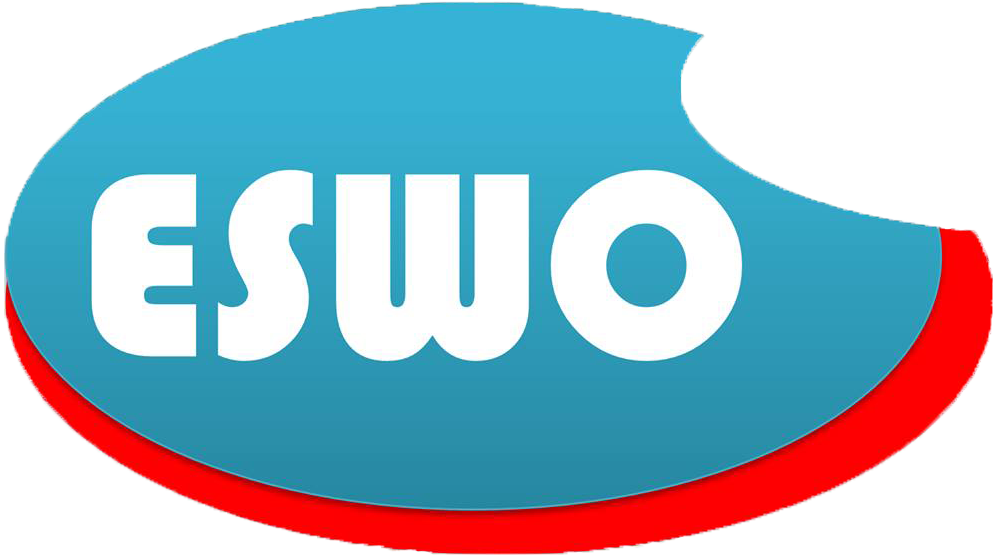Background: Repetitive transcranial magnetized arousal (rTMS) try an appearing intervention to promote higher limb recuperation immediately following coronary attack
Anna Danielsson
Brand new publisher and you may reviewers’ associations is the current given to their Circle search pages that will not echo its condition on duration of review.
- Install Article
- Export violation
- EndNote
- Site Manager
- Easy Text message file
- BibTex
Health-related Opinion article
- step 1 Biomedical MR Imaging and Spectroscopy Category, Cardio getting Visualize Sciences, College Medical center Utrecht and you will Utrecht College or university, Utrecht, Netherlands
- dos Heart away from Excellence for Rehab Medication, UMC Utrecht Attention Cardiovascular system, College or university Hospital Utrecht and you will Utrecht School, De- Hoogstraat Treatment, Utrecht, Netherlands
- step 3 Agency out of Neurology and Neurosurgery, UMC Utrecht Brain Center, College Hospital Utrecht and you can Utrecht College, Utrecht, Netherlands
- 4 Company from Treatment, Bodily Cures Technology and you can Football, UMC Utrecht Attention Cardiovascular system, College or university Hospital Utrecht and you will Utrecht School, Utrecht, Netherlands
We aimed to spot differences in the effectiveness of rTMS procedures on the upper limb mode according to  beginning date article-coronary attack.
beginning date article-coronary attack.
Methods: We featured PubMed, Embase, in addition to Cochrane Library to recognize associated RCTs from their the beginning to . RCTs to the outcomes of rTMS into the upper limb function within the mature clients that have coronary arrest were integrated. Data high quality and you can threat of prejudice was in fact analyzed individually of the a couple article writers. Meta-analyses were performed to possess outcomes toward personal top limb consequences tips (means or activity) as well as mode and you will craft measures together, classified from the timing from cures initiation. Time away from cures initiation blog post-coronary arrest are classified below: intense so you can very early subacute ( six months).
Results: We integrated 38 training related to 1,074 stroke customers. Subgroup analysis showed advantageous asset of rTMS applied inside the earliest week post-coronary arrest [MD = 9.31; 95% believe period (six.27–); P half a year blog post-stroke) [MD = 1.79; 95% believe period (?2.00 to 5.59]; P = 0.35), whenever examined which have a features take to [Fugl-Meyer Sleeve try (FMA)]. There had been zero studies in late subacute phase (3–6 months article-stroke) which used brand new FMA. Examination at the number of function found enhanced higher limb setting once rTMS [SMD = 0.43; 95% believe interval (0.02–0.75); P = 0.0001], however, testing during the number of interest did not, separate of rTMS onset blog post-coronary arrest [SMD = 0.17; 95% count on interval (?0.09 in order to 0.44); P = 0.19]. Heterogeneities from the outcome of the individual training included in the head analyses had been higher, given that recommended from the funnel area asymmetry.
Conclusions: According to research by the FMA, rTMS appears more efficient only when started in the first week post-coronary attack. Evaluating during the amount of setting are likely more responsive to find of good use rTMS effects to the top limb setting than simply evaluation from the the level of hobby. not, heterogeneities in the cures designs and you will consequences is actually higher. Coming rTMS trials includes the latest FMA and you may works for the a great center number of lead strategies.
Addition
Inside patients that have coronary arrest, paresis of top limb is a primary reason for handicap (step one, 2). That it engine disturbance affects situations of daily living, but in addition the standard of living of people and their nearest and dearest (step three, 4). Neurorehabilitation for this reason will targets fix out-of top limb means. Several studies have ideal that low-intrusive notice arousal promotes recovery of your own upper limb, maybe as a consequence of improvement out of engine cortex plasticity (5, 6).
Repeated transcranial magnetic stimulation (rTMS) try a non-invasive, pain-free method to modulate cortical excitability. High-regularity rTMS or periodic theta-bust stimulation (TBS) can increase cortical excitability, whereas lowest-regularity rTMS or carried on TBS is also suppresses cortical excitability (7). Interhemispheric imbalance into the number 1 engine cortex (M1) activity therefore the kept useful system output shortly after heart attack may contribute so you can engine breakdown and also become advised due to the fact address to possess therapeutic rTMS (8).
